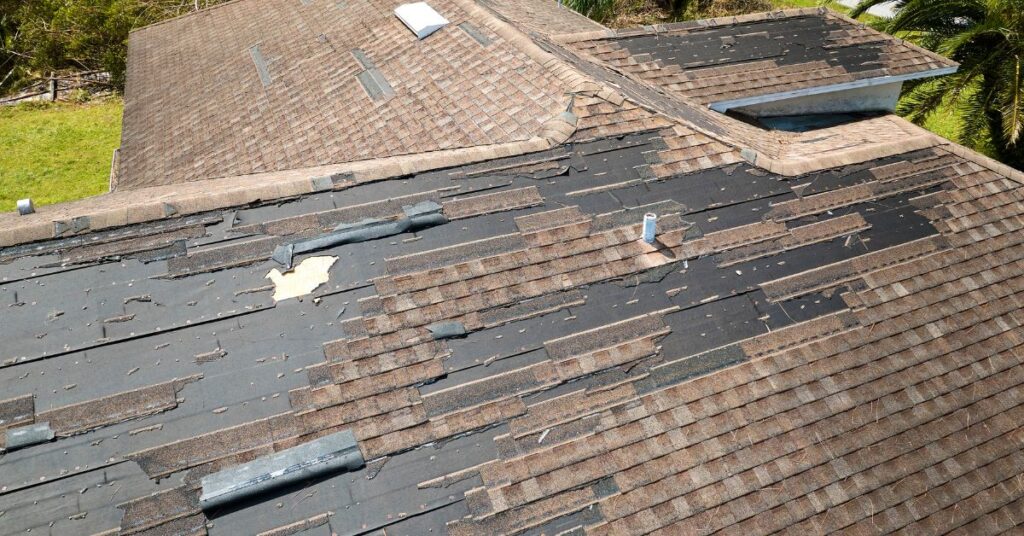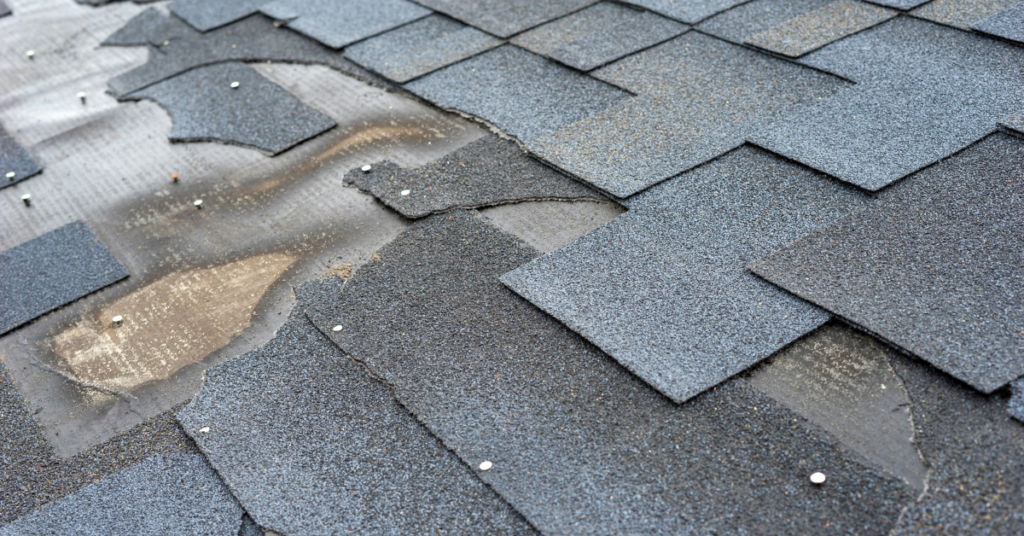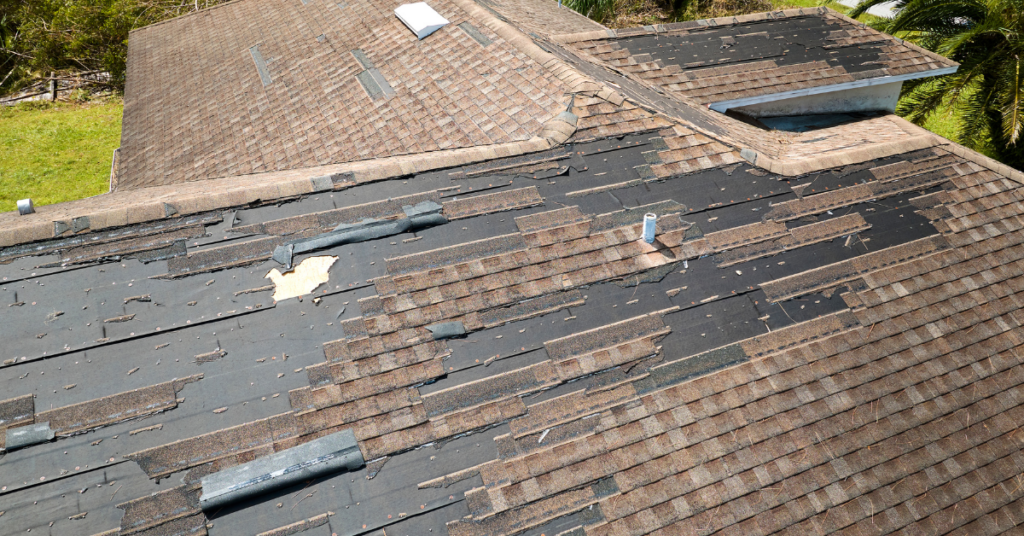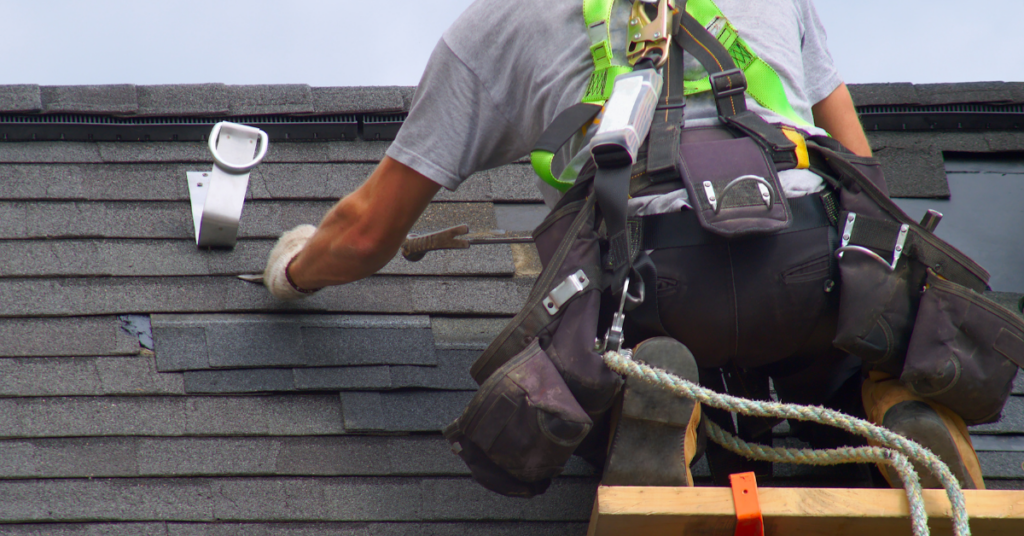At What Point Is a Roof Beyond Repair and a Roof Replacement Is Needed?


A roof is not just a structural element of your home; it’s a significant contributor to your property’s value and the quality of life for those who live beneath it. So, when your roof starts to show signs of damage, it’s crucial to know whether it can still be repaired or if it’s time for a replacement.
But how do you make that determination? This article will explore the signs of a damaged roof, discuss when roof repair is still an option, and highlight when a roof is considered beyond repair and a roof replacement is needed.
Understanding the Lifespan of a Roof
Like most things in life, roofs come with an expiration date. This date can vary based on factors such as the materials used (e.g., composite versus asphalt shingles) and the extent of everyday wear and tear. However, a basic rule of thumb is that most roofs need to be replaced every 15 to 30 years. If your roof is approaching the 25-year mark, it’s time to consider a replacement. For more details on the longevity of different roofing materials, check out our article on ‘What Is The Expected Lifespan of A New Roof?’. Additionally, if your neighbors are replacing their roofs due to age or damage, it’s a good indication that you should consider doing the same.
Recognizing the Signs of a Damaged Roof
Before you can assess whether your roof is beyond repair, you must first recognize the signs of a damaged roof. These signs can often be spotted both inside and outside your home.
Damaged or Missing Shingles
Shingles that are cracked, curled, or missing altogether are clear indicators of roof damage. Cupping, curling, or clawing shingles are signs of aging and wear. They can no longer effectively protect your roof. These can lead to leaks and further damage if not addressed promptly. For a deeper dive into the common mistakes that lead to roof leaks, you may want to read our article on ‘5 Avoidable Mistakes That Cause Metal Roof Leak.’
Leaks and Water Damage
Water stains on your ceiling or walls often signal a leaking roof. Also, if you notice water pooling in certain areas of your roof, it’s a sign of poor drainage, which can accelerate wear and tear.
Grit in the Gutter
Excessive granule loss from shingles can indicate that they are aging and need to be replaced.
Sagging Areas
Sagging spots on your roof are a serious issue and could indicate structural damage. If you notice any sagging, contact a roofing professional immediately. To see other signs of structural damage that your roof is having, check out the later portion of this article: 12 Common Threats to Your Roof’s Structural Integrity


Assessing the Extent of Roof Damage
Once you’ve spotted signs of roof damage, the next step is to assess the extent of the damage to decide whether to repair or replace.
Minor Damage: Repair or Replace?
When faced with minor roof damage, you may be torn between repairing the damage or replacing the roof entirely. Here are a few considerations:
The Cost Factor
If the cost of repairs, especially during challenging seasons like winter, is significantly lower than a replacement, then a repair might be the more economical choice. Learn more about this in our article on ‘Dealing With Emergency Roofing Repairs During Winter.’ However, if the roof is nearing the end of its lifespan, a replacement might be a better long-term investment.
Age of the Roof
The age of your roof is another factor to consider. If your roof is relatively young and in good condition apart from minor damage, repairs could be enough. But if it’s old and has seen better days, replacement might be the better option.
Severe Damage: The Point of No Return


When your roof suffers from severe damage, it might be beyond the point of repair. Here’s what to look out for:
Structural Damage
If your roof has sustained significant structural damage, such as a sagging deck or damage from a fallen tree, repairs might not be enough. In such cases, a full roof replacement is often necessary. To see other signs of structural damage that your roof is having, check out the later portion of this article: 12 Common Threats to Your Roof’s Structural Integrity
High Repair Costs
Sometimes, the cost of repairing extensive damage can be nearly as high as replacing the roof. However, when you choose quality materials, like those discussed in our ‘4 Qualities to Look for in Good Asphalt Shingle Roofing’ article, you might prolong the lifespan of your roof. When repair costs approach 50% of the cost of a new roof, it’s usually more cost-effective to replace it.


When to Call a Professional
If you’re unsure about the extent of your roof damage or whether you should repair or replace, it’s best to call in a professional. A qualified roofing contractor can assess the condition of your roof and recommend the best course of action. Use this guide to make sure you are hiring a dependable roofer who will not just upsell you a re-roof project: The Ultimate Homeowner’s Checklist to Choosing a Reliable Roofing Contractor in British Columbia
Conclusion
Determining whether your roof is beyond repair can be a complex process involving many factors, from the age and type of your roof to the extent of the damage. By understanding these factors and seeking professional advice when needed, you can make an informed decision that protects your home and your wallet.
Now that you’ve taken the time to learn about the signs of roof damage, the cost implications, and the potential need for a replacement, it’s time to take action. Whether you suspect minor damage that may be repairable or you’re facing the reality of a full roof replacement, we have experts standing by to assist you. Our team of professional roofers extends their services across numerous cities to help you make the best decision for your home.
- Burnaby Roofers
- New Westminster Roofers
- Coquitlam Roofers
- Port Coquitlam Roofers
- Port Moody Roofers
- Delta Roofers
- Ladner Roofers
- Vancouver Roofers
- North Vancouver Roofers
- West Vancouver Roofers
- Richmond Roofers
- Surrey Roofers
- White Rock Roofers
- Maple Ridge Roofers
- Pitt Meadows Roofers
- Langley Roofers
- Powell River Roofers
Contact us today to schedule an assessment and discover how we can protect your home and enhance its value with quality roofing solutions.
